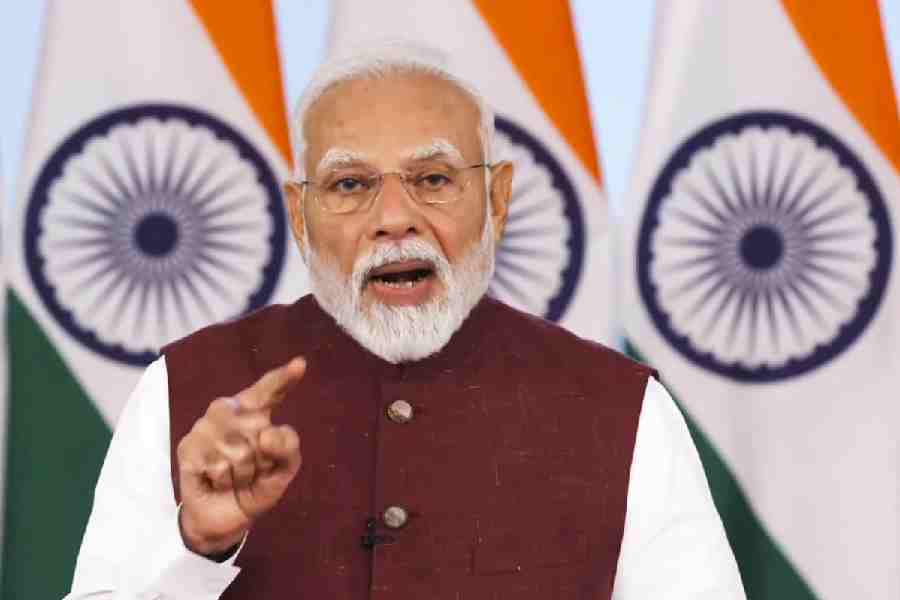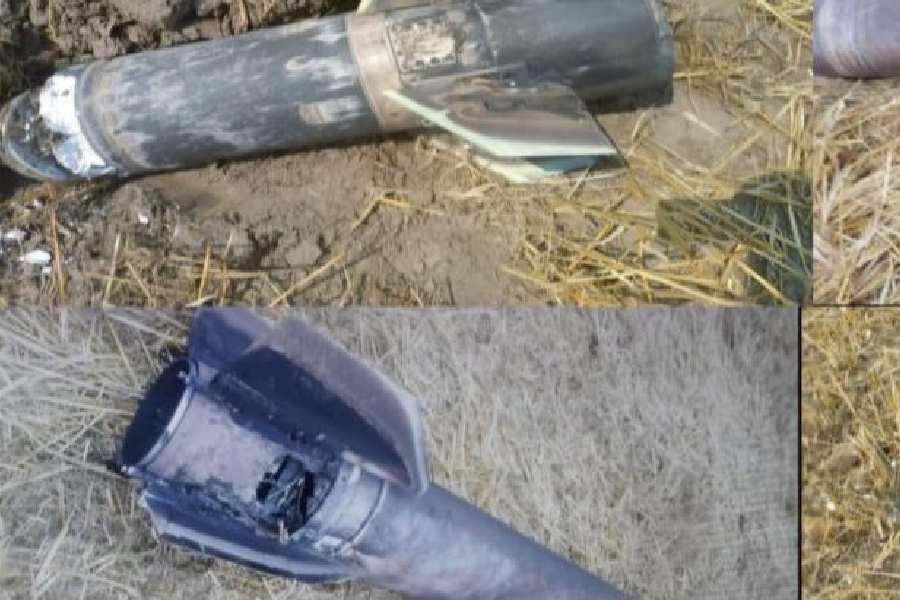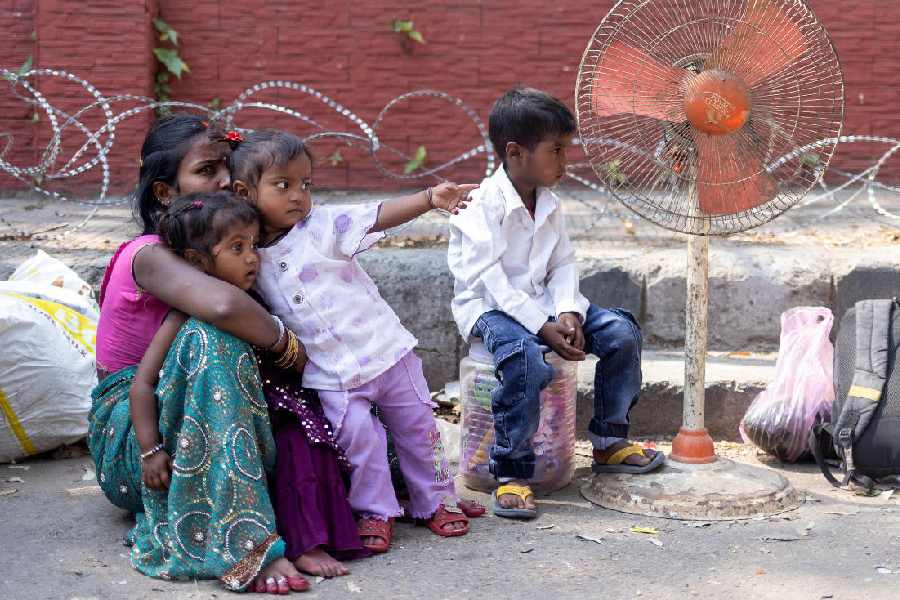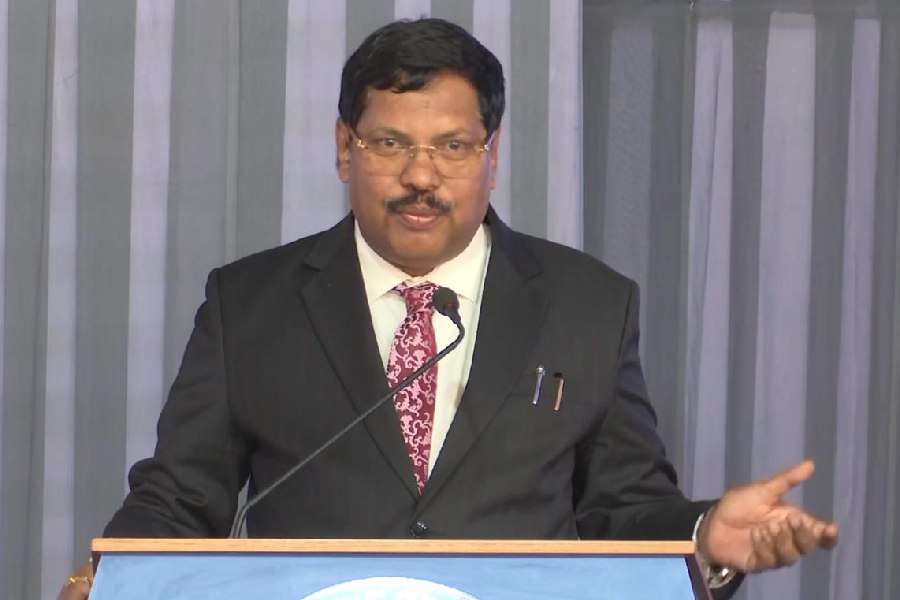 |
| Easy share |
Calcutta, March 26: The Chinese wall within the mobile phone industry has started to crumble.
The industry is split between two technological acronyms ? GSM (global system for mobile communications) and CDMA (code-division multiple access). In effect, this means that customers are left twiddling thumbs if mobile phone operators do not have an agreement on interconnection to patch through calls on each other?s network.
There?s no problem here in India where the telecom regulator has forced mobile service providers to establish those interconnecting links. But what happens if you go to a country that doesn?t support your technological acronym?
Tata Indicom has decided to tear down the walls by offering its CDMA subscribers a twin-purpose SIM card that will serve as a magic key into the other world.
The card will enable mobile phone users to switch from a CDMA to a GSM network using the same number.
Tata Indicom has now decided to introduce the twin-purpose SIM card as part of its international roaming services.
?By the end of April, customers will be able to apply for a SIM card upgradation. With the current status of technology, customers would have to transfer the SIM card from their CDMA to any GSM handset to connect to the GSM network if they do not own a dual-mode handset,? said Greg Young, chief technology officer, Tata Teleservices.
CDMA phone users usually find themselves out on a limb when they travel through large parts of Europe, the UK, West Asia and Africa where GSM is the popular choice. The new SIM card will now help them switch between networks with ease and retain the same number.
The CDMA bastion is spread across the US, China, Hong Kong, Canada, Taiwan, Australia, New Zealand and India. Globally, companies like Unicom of China and Verizon of the US already offer twin-purpose SIM services to roaming customers.
Young confirmed that the system could work in India as well ? especially in remote areas where the CDMA network hasn?t been established.









